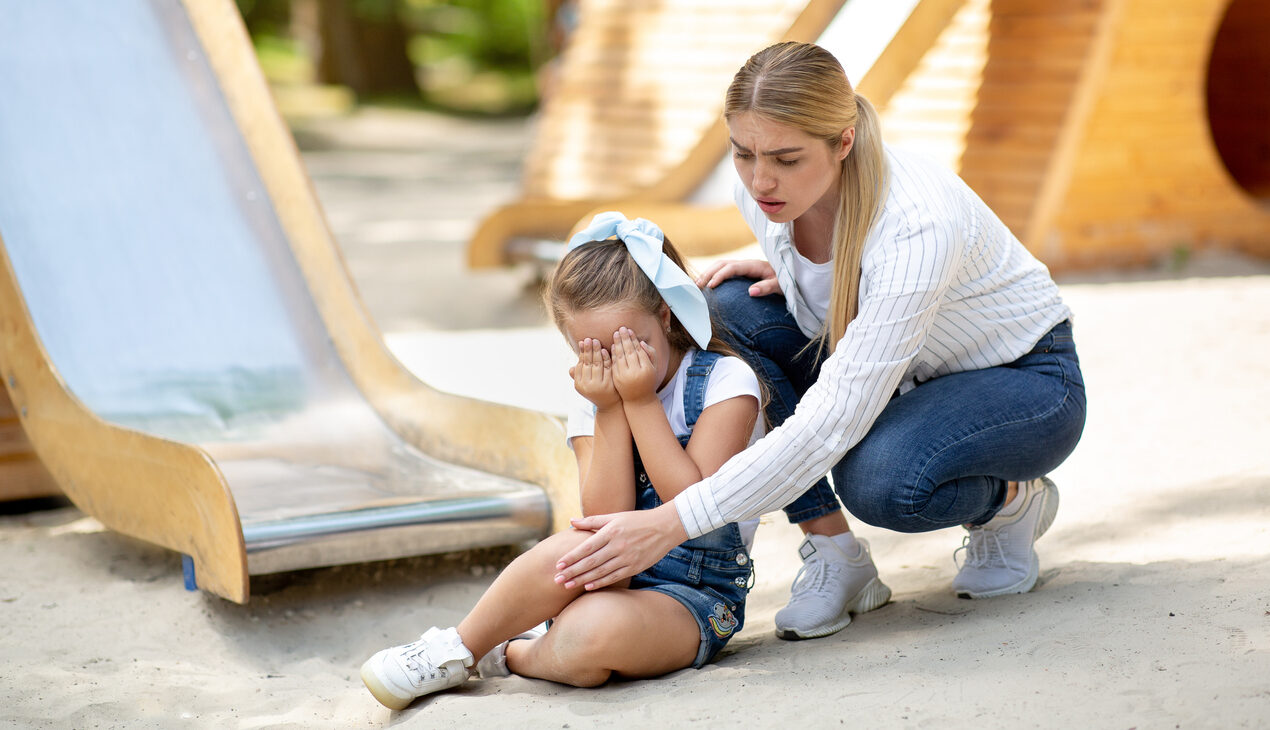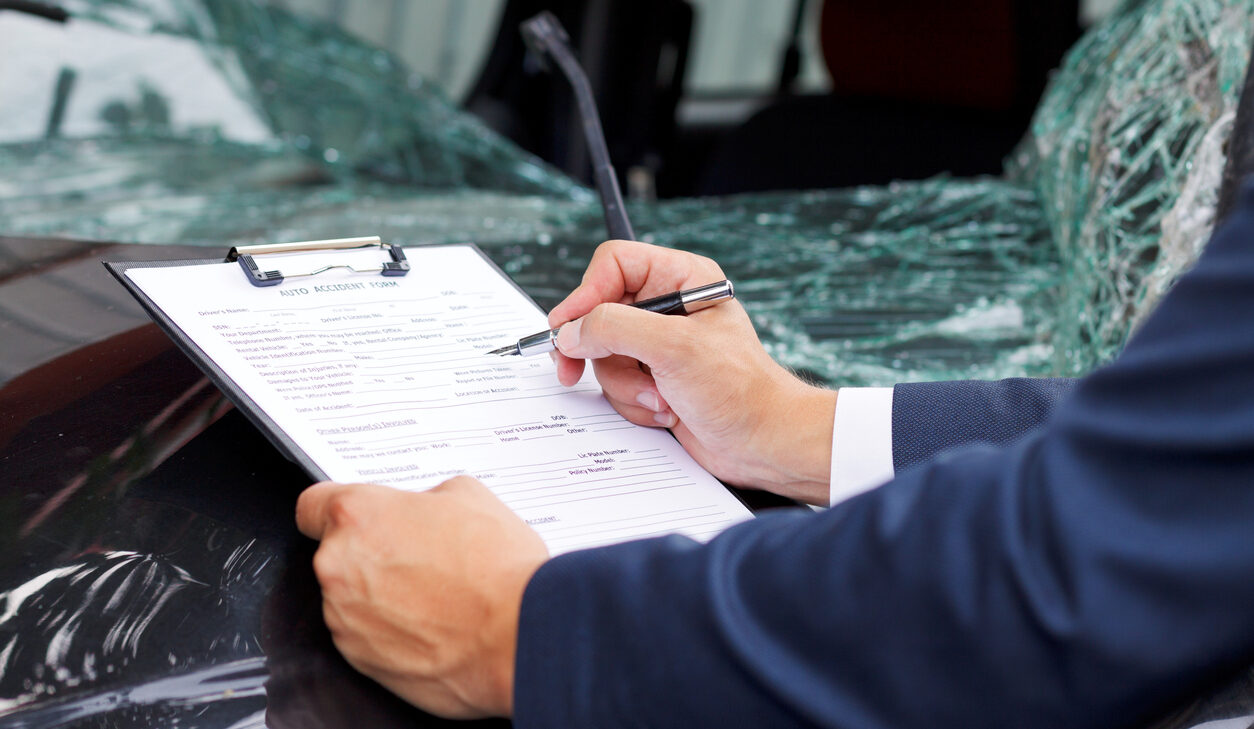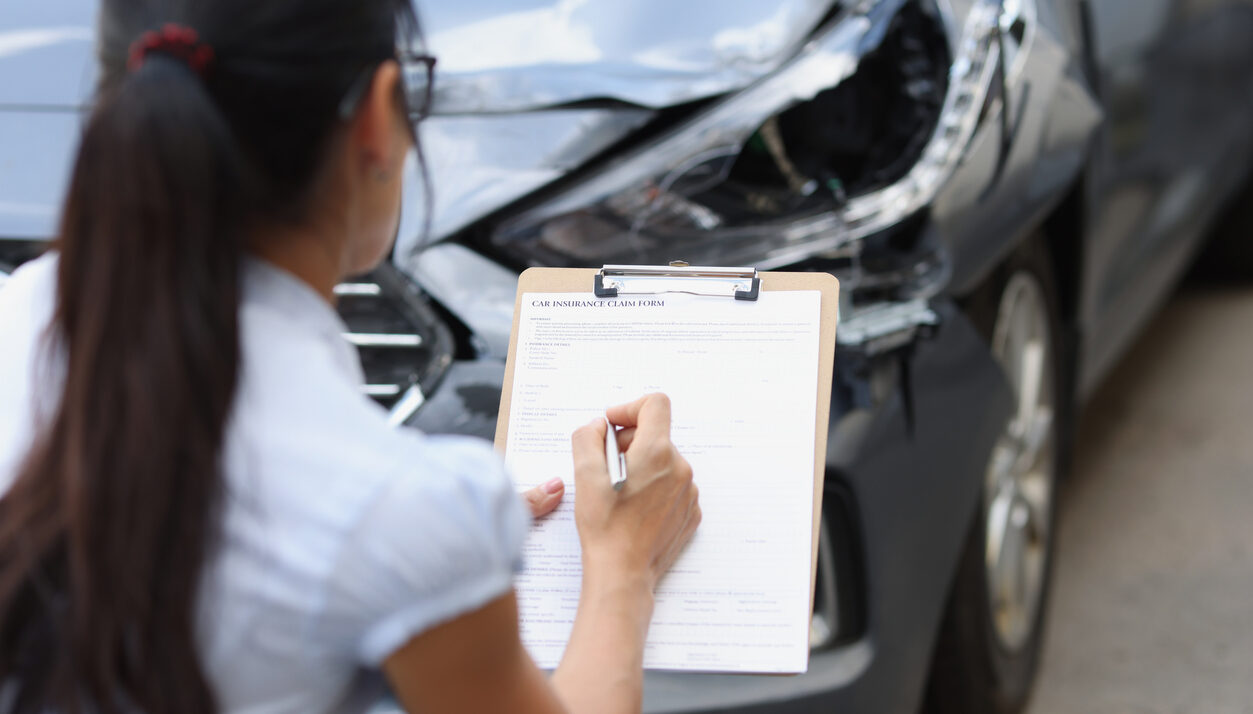What is Duty of Care in Childcare? Examples & Advice for Parents
Every day, millions of Australian parents place their trust in childcare workers to protect and care for their children. This legal responsibility is known as a ‘duty of care’. In most cases, childcare workers meet this duty. But when they don’t, and a child is injured as a result, the results can be devastating.
If your childcare centre or educator has failed in their duty of care, you may be entitled to significant compensation. A successful claim covers far more than just medical expenses, including ongoing treatment, in-home support, and compensation for pain and suffering.
This guide covers everything parents need to know about duty of care in childcare. You’ll discover your rights, see common examples, and learn how to sue if your child has been injured at daycare.
Prefer to speak with an expert daycare injury lawyer now? Simply get in touch. We’re here to listen to your story and explain your entitlements — free of charge.

What is the definition of duty of care in childcare?
Duty of care is a legal obligation to take reasonable steps to protect the safety and well-being of another person. In Australia, certain relationships automatically carry this responsibility, including the relationship between a childcare centre and a child.
This means childcare workers and centres must actively take steps to prevent harm, supervise children properly, and respond appropriately to any risks. If they fail in this duty and a child is injured as a result, they may be considered ‘negligent’.
Start your free online claim check
Find out if you’re eligible for a childcare negligence claim today.
What are duty of care responsibilities in childcare?
Some of the most common duty of care responsibilities in childcare include:
- Providing adequate supervision at all times.
- Adhering to staff-to-student ratios.
- Maintaining a safe environment, both indoors and outdoors.
- Identifying and addressing potential hazards to prevent avoidable injuries.
- Responding quickly and appropriately to accidents, illnesses, or emergencies.
- Following hygiene and safety protocols, including food safety and infection control.
- Protecting children’s emotional well-being, ensuring they feel safe, supported, and respected.
These aren’t just recommended practices — they’re legal obligations. If a childcare provider fails to meet these standards and a child is injured as a result, it may be grounds for a negligence claim.
And don’t worry if your situation isn’t listed, this is just a few examples of duty of care in childcare. If your child was hurt due to a mistake, oversight, or failure by their carer or centre, you may still have a valid claim. To understand whether you qualify for compensation, get in touch today.
Can I sue a daycare for negligence?
Although the injury happened to your child, you’re entitled to sue the daycare for negligence on their behalf. Since children under 18 don’t have legal capacity, a parent or legal guardian must act as their ‘litigation guardian’ — the person responsible for managing the claim and making decisions in the child’s best interests.
Suing a daycare is also known as making a ‘childcare negligence claim’ and falls under public liability law.
To successfully sue a daycare for negligence, you need to prove four main things:
To begin with, you’ll need to show that the childcare centre owed your child a duty of care. As we’ve established, this is relatively straightforward. In Australia, all childcare centres and workers automatically owe the children under their watch a duty of care.
You’ll then need to prove that the childcare centre or worker breached their duty of care. This means they did something (or failed to do something) a reasonable childcare centre or carer would’ve done.
For example, a negligent action might be serving a meal with peanuts to an allergic child, resulting in anaphylactic shock. In contrast, a negligent failure to act could be inadequately supervising a child on the playground, leading to a concussion.
To make a successful childcare negligence claim, there needs to be a clear link between the centre’s actions (or inaction) and your child’s injury. This is known as the ‘but for’ test. In other words, but for the childcare centre’s failure, the injury wouldn’t have happened.
You’ll also need to show that your child’s injury led to a measurable loss. This could be economic, like medical bills or therapy costs. Or it could be non-economic, such as your child’s pain and suffering.
Suing a daycare for an injury isn’t always straightforward. Every case is different, and success depends on whether you can prove all four elements of negligence.
To give your childcare negligence claim the best possible chance, it’s important to get legal advice early. In a free consultation, one of our specialist lawyers will assess your situation, explain whether your claim meets the criteria, and walk you through your compensation options.
What injuries can I sue a childcare centre for?
We’ve spent over 25 years helping parents and families get the compensation they deserve. In our experience, these are some of the most common injuries you can sue a childcare centre for:
- Falls resulting in fractures or serious bruising.
- Burns from hot surfaces, liquids, or chemicals.
- Head injuries from collisions or accidents.
- Cuts or lacerations needing stitches.
- Allergic reactions due to improper food handling or exposure.
- Anxiety or PTSD from abuse, neglect, or witnessing a traumatic incident.
- Emotional distress, anxiety or depression from bullying or inadequate supervision.
Seeing your child hurt is always upsetting, but it’s important to know that not every injury will lead to a childcare negligence claim. Young kids, especially toddlers, are naturally curious and often have little accidents that even the best supervision can’t prevent.
If your child’s injury was minor and healed on its own without medical treatment, you might not be eligible for compensation.
That said, it’s always worth checking with a lawyer who specialises in daycare negligence. In a free consultation, we’ll help you understand whether your child’s injury qualifies for compensation.
How much compensation could I receive?
There’s no fixed amount for a daycare negligence settlement. Every case is different, and the compensation you receive depends on the severity of your child’s injury and the overall impact it has on their life.
You may be entitled to claim:
- Immediate medical expenses.
- Future treatment and rehabilitation costs.
- Therapy or counselling.
- Educational support or tutoring.
- Loss of enjoyment or quality of life.
- Out-of-pocket expenses related to your child’s injury.
- In-home care and assistance.
- Pain and suffering.
What is ‘pain and suffering’ and how is it calculated?
Pain and suffering (also known as ‘non-economic loss’) is the negative impact the injury has had on your child’s physical, emotional, and psychological well-being. Unlike medical bills or lost income, there’s no set amount for compensation for pain and suffering, so you could get a significant lump sum.
To qualify for pain and suffering compensation, your child will generally need to meet a minimum level of impairment. This is assessed by an independent medical expert, who gives your child an impairment rating. Depending on your state, this is known as Whole Person Impairment (WPI), Injury Scale Value (ISV) or Most Extreme Case (MEI).
The more serious the injury, the higher the potential payout for non-economic loss. That said, most states place a cap on how much can be awarded.
The table below shows the thresholds and maximum payouts available in your state. Keep in mind, these amounts increase annually with inflation.
| State | Requirements for claiming non-economic loss | Maximum compensation for non-economic loss |
| NSW | Your child's injury must be assessed at over 15% of the Most Extreme Case (MEI). | $761,500 |
| Victoria | Your child must meet the 'significant injury' threshold, which is either:
• 5% or more Whole Person Impairment (WPI) for physical injuries, or
• 10% or more WPI for psychological injuries.
| $478,500 |
| Queensland | Your child's injury will be awarded an Injury Scale Value (ISV) between 1–100. Their ISV must be 5 or more to qualify for non-economic damages. | $456,950 |
| South Australia | Your child's injury will be given an Injury Scale Value (ISV) between 1–60. Only ISVs of 11 or more qualify. | $478,500 |
| Western Australia | • Your child's injury must be assessed at over 5% Whole Person Impairment (WPI), and
• The claim must be worth over $25,500.
| No cap on damages. |
| Tasmania | The claim must be worth more than $7,000. | No cap on damages. |
| ACT | No requirements for claiming non-economic loss. | No cap on damages. |
It’s important to remember that pain and suffering is only one component of your total compensation. You may also be entitled to claim for medical costs, future care, therapy, support services, and other losses. In fact, many families receive more for long-term needs than for non-economic loss alone, especially in cases involving serious or lasting injuries.
To find out what your family may be entitled to, speak with our experienced daycare injury attorneys today. Your first consultation is free, and there’s no obligation to proceed with your claim after our chat.
What to do if your child is injured at daycare
If your child has been seriously hurt while in care, taking the following steps can protect their health and your right to future compensation:
- Seek medical attention immediately, and keep copies of all reports and treatment records.
- Request the full incident report from the centre, including details of what happened and how staff responded.
- Take photos of the area or equipment involved, especially if the injury was linked to a hazard like broken furniture or poor maintenance.
- Save receipts for any medical or out-of-pocket expenses.
- Get legal advice from a lawyer experienced in childcare negligence. We’ll explain whether your child’s injury qualifies for compensation and help protect your right to compensation.
How can a childcare negligence lawyer help my claim?
If your child has suffered a serious injury at daycare, you may be facing overwhelming medical expenses, care costs, or unexpected time off work. That’s where a childcare negligence lawyer can make all the difference. We’ll manage every step of your claim — so you can focus on your child, while we secure the compensation your family deserves.
And with our No Win No Fee guarantee, your childcare negligence claim is risk-free. There are no upfront costs and nothing to pay unless we win your case. And if we’re unsuccessful, you will never receive a bill from us.
When you work with an expert childcare negligence lawyer, we will:
- Assess your claim and give clear, honest advice about what it’s worth.
- Gather expert medical evidence to prove the extent of your child’s injury and connect it to the centre’s negligence.
- Challenge insurer evidence that downplays your child’s experience or the centre’s responsibility.
- Develop a tailored legal strategy to move your claim forward, especially if the insurer is delaying or offering too little.
- Secure compensation that covers the full impact of the injury on you and your family.
Frequently asked questions
In most cases, a childcare negligence claim must be made within three years of your child’s 18th birthday.
These time limits are different from standard public liability claims because children can’t legally bring a claim until they turn 18. But that doesn’t mean you have to wait.
As a parent or guardian, you can start a claim on your child’s behalf at any time before they turn 18. If you don’t, your child will usually have until age 21 to make the claim themselves.
What if I’m outside the time limit?
Even if you think you’re outside the time limit, you may still have options. Courts can grant extensions in certain circumstances, particularly if there’s a valid reason for the delay, such as not knowing the extent of the injury or being unaware of your legal rights.
We’ve helped many families successfully file late claims by preparing strong applications that clearly explain the delay and demonstrate why the case deserves to proceed.
If you’re unsure, get in touch. The sooner we review your situation, the more we can do to protect your child’s rights.
We understand that protecting your child’s privacy is a major concern when considering a negligence claim. That’s why we adhere to strict confidentiality protocols throughout the entire process, including holding meetings in private spaces and restricting access to sensitive information.
We also work closely with specialised child psychologists to minimise any emotional distress your child may experience. At all times, your child’s identity and personal details are securely protected.
When placing a child in childcare, parents have several key responsibilities, including:
- Providing accurate, up-to-date enrolment details, such as authorised guardians, emergency contacts, and health information (including allergies, medical conditions, or special needs).
- Ensuring their child arrives and departs at the designated times.
- Informing the centre promptly of any changes to enrolment or health information.
- Supplying any required medications with clear instructions and authorisation for administration.
- Communicating openly with carers about their child’s needs, behaviour, or any concerns.
- Following the centre’s policies and procedures, including illness exclusion rules and safety guidelines.
- Paying fees on time as agreed in the enrolment contract.
These responsibilities help ensure a safe, healthy, and supportive environment for all children.
While not all accidents in childcare are preventable, safety and supervision standards must still be met. One way to help ensure a child’s well-being is through consistent communication with carers. This may include:
- Brief check-ins during drop-off or pick-up.
- Asking about daily activities or any incidents.
- Reviewing food intake and play areas.
- Requesting updates if unusual issues arise.
Open communication allows concerns to be addressed early, often preventing the need for formal complaints.
Pursuing a daycare negligence claim can feel overwhelming, especially if you’re dealing with an injured child or you’ve had a generally good relationship with the centre. But at Monaco, we believe holding childcare providers accountable is an important step in protecting your child and others.
Here’s what a daycare negligence claim can help you achieve:
- Financial compensation: including things like medical bills, ongoing treatment, and the overall impact the injury has had on your child’s life.
- Accountability and change: helps ensure centres and staff take responsibility, reducing the risk of similar incidents happening again.
- Support and closure: if your child needs additional care, a claim can cover professional help or compensate you for the care you’re now providing. It also offers closure and reassurance that you’ve done the right thing for your family.
Across Australia, different duty of care legislation applies in each state:
| State | Duty of care and negligence legislation |
| NSW | Civil Liability Act 2002 (NSW) |
| VIC | Wrongs Act 1958 (VIC) |
| QLD | Civil Liability Act 2003 (QLD) |
| WA | Civil Liability Act 2002 (WA) |
| SA | Civil Liability Act 1936 (SA) |
| TAS | Civil Liability Act 2002 (TAS) |
| ACT | Civil Law (Wrongs) Act 2002 (ACT) |
| NT | Personal Injuries (Liabilities and Damages) Act 2003 (NT) |
Beyond this, childcare providers are also regulated under national education and care standards, which impose clear safety obligations:
- Education and Care Services National Law Act 2010 (applies in all states and territories except WA, which has its own version).
- Education and Care Services National Regulations 2011.
These standards are enforced by each state’s regulatory authority and set clear expectations around supervision, safety, hygiene, and the physical environment in childcare settings.






